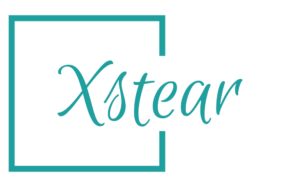Key Metrics for Measuring Quality Assurance Effectiveness: What Metrics to Use and How to Use Them
Quality assurance (QA) is a critical component of any software development project. The success of a QA program is often measured by its effectiveness in ensuring that the product meets the desired quality standards. In this blog, we will discuss the key metrics that can be used to measure the effectiveness of a QA program.
Defect Density: Defect density is a measure of the number of defects found in a product. It is calculated by dividing the number of defects by the size of the product (in lines of code, for example). This metric provides insight into the quality of the product and the effectiveness of the QA process in identifying defects.
Test Coverage: Test coverage measures the extent to which a product has been tested. It is calculated by dividing the number of tested features by the total number of features. This metric provides insight into the completeness of the testing process and the effectiveness of the QA team in identifying potential issues.
Test Execution Time: Test execution time measures the time it takes to execute a set of tests. This metric provides insight into the efficiency of the testing process and the effectiveness of the QA team in identifying issues quickly.
Test Case Effectiveness: Test case effectiveness measures the percentage of test cases that identify defects in a product. This metric provides insight into the quality of the test cases and the effectiveness of the QA team in identifying issues.
Time to Resolve Defects: Time to resolve defects measures the time it takes to fix a defect after it has been identified. This metric provides insight into the efficiency of the development and testing process and the effectiveness of the QA team in identifying and communicating issues.
Customer Satisfaction: Customer satisfaction measures the satisfaction of customers with the product. This metric provides insight into the effectiveness of the QA program in meeting customer needs and expectations.
Return on Investment (ROI): ROI measures the financial benefits of the QA program compared to its cost. This metric provides insight into the effectiveness of the QA program in delivering value to the organization.
Conclusion
Measuring the effectiveness of a QA program is crucial to ensuring that the product meets the desired quality standards. Defect density, test coverage, test execution time, test case effectiveness, time to resolve defects, customer satisfaction, and ROI are some of the key metrics that can be used to measure the effectiveness of a QA program. By using these metrics, QA teams can identify areas for improvement and make data-driven decisions to optimize their processes and deliver high-quality products to their customers.
